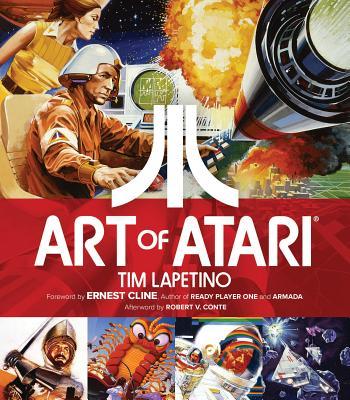What do you think?
Rate this book


352 pages, Hardcover
Published November 8, 2016

“We are visual salesmen … we collectively try to interpret both the quality and play value of every Atari game. Above all, graphics must attract players and help them feel that every Atari game is an adventure.” - Creative director/artist George Opperman
“We created a lot of great artwork. We had to make it up as we went along, because there was no one to copy!” - Artist James Kelly
“Designing a product isn’t just designing a product, but creating an aura—designing the feelings and emotions that support the product. It’s trying to convey the image, to give it a theatrical quality.” - Industrial Designer Roger Hector
“Design is the best return on investment that you can have. It’s virtually the same cost to build something pretty as something shitty. So why not make the world a better-looking place?” - Nolan Bushnell (Founder of Atari Corporation)


